
Richard Parkland takes up his friend’s offer of using his summer home on Nantucket during the winter to write his next novel, and he soon comes in contact with the Montanas, who live in an ornate home much like that of Gatsby in Fitzgerald’s novel. Richard parallels the narrator of Gatsby, Nick Carraway, while Lenore is the female lead here and is not as insipid or self-absorbed. Many of the elements are similar in that the Montana’s are a rich family and that their members are embroiled in drama, particularly the brothers Maxwell and Chas. There are great loves and there are mistresses, but there is much more in these pages than a replication of Fitzgerald or any other writer.
“We stopped looking at him, and he drifted through the house like an orange blob inside a lava lamp, with a cold glass of whiskey glued to his hands.” (page 53 ARC)
The dialogue between the characters is reminiscent of Fitzgerald’s Gatsby as they tiptoe around what they really want to say to one another or shout uselessly in anger and frustration because of the situations in which they find themselves. These characters are acting and reacting to one another in a vacuum in which no one else matters, not even Richard. He’s a sounding board more than once, and he’s meant to just listen — he’s the outsider, the observer, the recordkeeper. But one of the clear gems in the novel is the setting of Nantucket, which is a small, exclusive island. It comes alive under Tohline’s talent creating a deep sense of other-worldliness and isolation.
“Clouds of frustration and anger and betrayal eddied off behind me, and the same clouds lay before me. The same clouds wrapped their cold, iron claws around me, scraping over my veins and shuddering through my nerves.” (page 116 ARC)
Tohline addresses the waffling nature of humanity, our fear of making decisions and our fear of the decisions we’ve made and the regret that comes with choosing the path we’re on. In more ways than one, Lenore becomes mythical, she is no longer a real person until her untimely death. At this point in the story, readers would expect the “prefect” Lenore to take on an even more ideal hue, but Tohline has a different experience in mind. He breaks down her character through the eyes of others, and as secrets are revealed about her relationships with Chas, Maxwell, and others, Lenore becomes like the rest of us — fallible. The narration allows the reveal to come gradually, providing the reader with a faster paced page-turner than expected from a piece of literary fiction.
The Great Lenore by J.M. Tohline is a literary debut from an author whose prose is at times poetic and suspenseful, but always hovering on the edge of the mysterious. His novel is a testament to the inevitability of choices we make and the inability we have to change them even if we have the desire and opportunity to change them. It’s about the idealizing the past and those we love and the journey it takes to realize that the reality of those times and people was not at all what our minds remember. Tohline’s novel is one of regret and hope for a better future, but there also is a hopelessness reminiscent of Ernest Hemingway’s A Farewell to Arms.

JM Tohline grew up in a small town just north of Boston and lives in a quiet house on the edge of the Great Plains with his cat, The Old Man And The Sea. He is 26 years old. The Great Lenore is his first novel. Check out his Website and this Atticus Books interview.

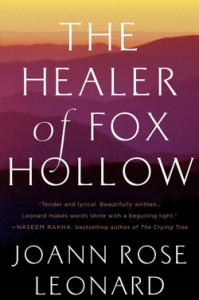
 About the Author:
About the Author:

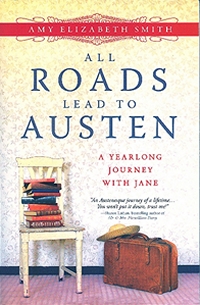
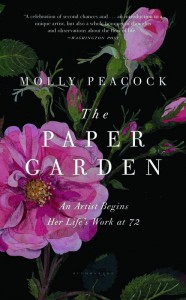
 About the Author:
About the Author:

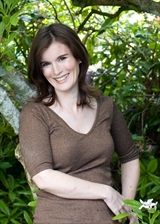 About the Author:
About the Author:
 About the Author:
About the Author: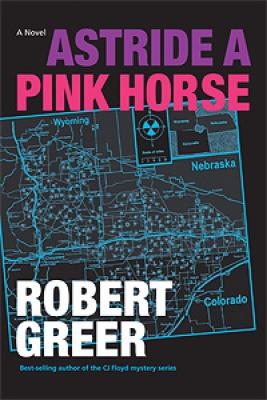


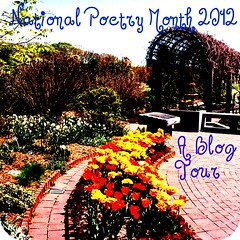


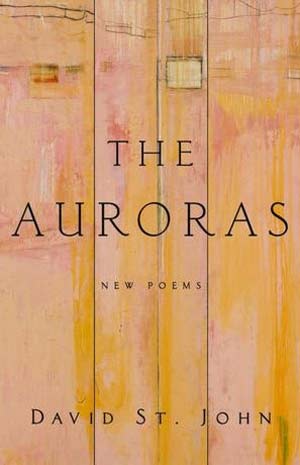
 About the Poet:
About the Poet:


